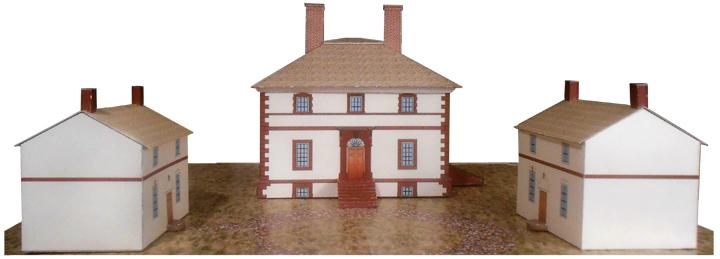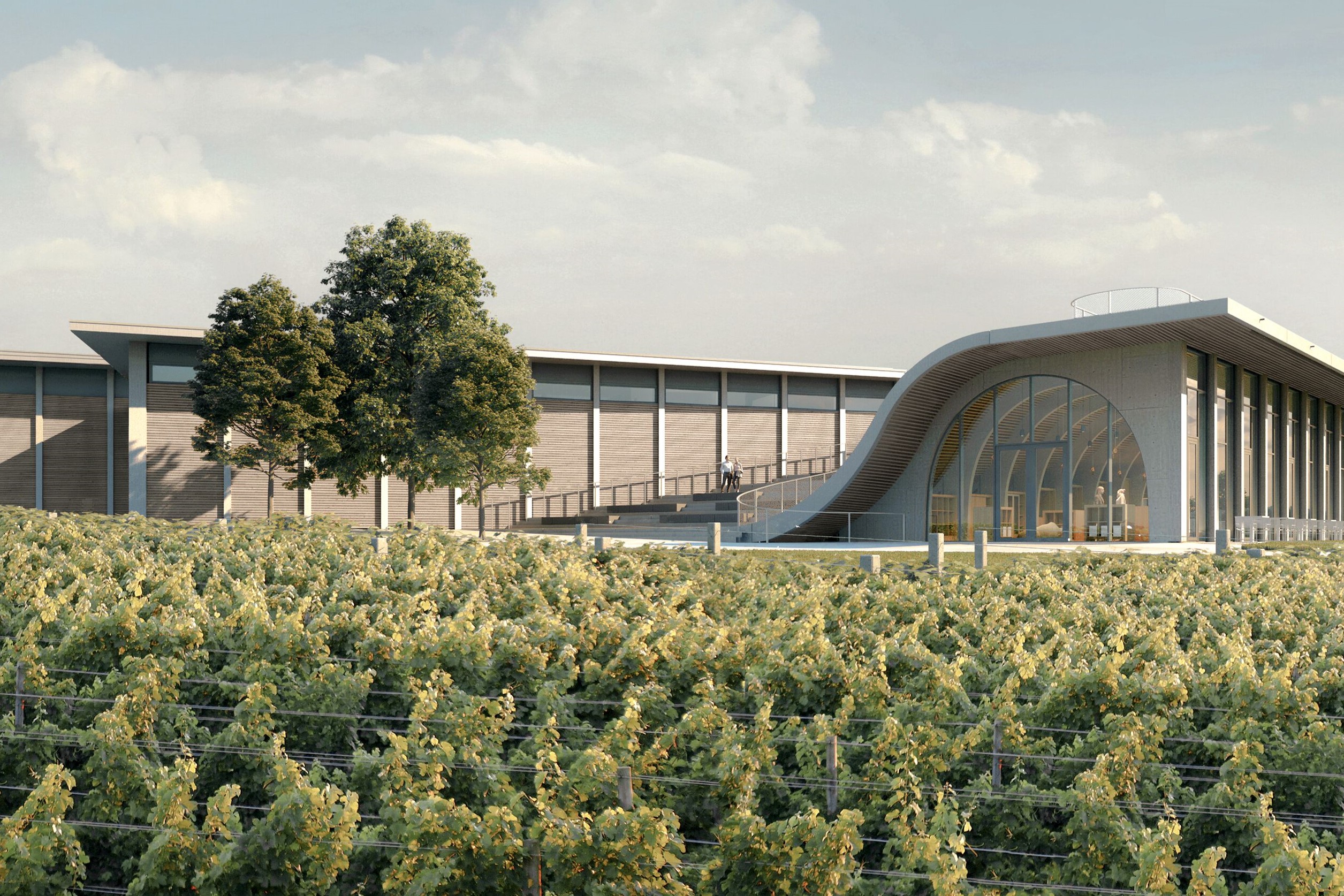The current print and online editions of Virginia Living magazine are running a short feature I recently wrote about a retired professor at Hampden-Sydney College in Virginia. He’s actively engaged in making scale model kits that can be constructed easily to resemble historic structures and sites across the Commonwealth: A+A is pleased to re-post the story today:
Richard McClintock’s second career as a miniature model-maker was born of intuition and serendipity. After 40 years teaching Latin and Western Civilization at Hampden-Sydney College and a gig as director of publications, he retired in 2012.
That August, he took a trip with his wife to Blacksburg, where she checked into a conference for the General Federation of Women’s Clubs of Virginia. That left McClintock on his own, searching for a source of entertainment.
He drove to the edge of town and found Smithfield Plantation, designed in 1774 by Gen. Richard Montgomery, for whom the surrounding county would be named. Montgomery’s home was a replica of Raleigh Tavern in Williamsburg, so when Colonial Williamsburg sought to rebuild its tavern in 1931, his plantation served as its precise model.
McClintock took a tour of Smithfield, then wandered into its gift shop. “For some reason I asked someone behind the counter if they might want a kit of the place—and she hesitantly said, ‘Yes,’” he recalls.
So he went home and built a model of the building for Smithfield Plantation; then he got to thinking about how others might do the same. “It’s one thing to build a model, but it’s another to write the instructions for someone to follow,” he says. “When you make a kit, you have to tell everybody everything you know, plus what it takes to make the kit.”
Alas, the initial models he made for Smithfield didn’t exactly fly out the door. In fact, the opposite occurred. “They ordered 12 but couldn’t sell them, so they sold them cheap—and didn’t reorder,” he says.
McClintock would persevere elsewhere.
Soon, historic sites were contacting him for their own delicately made miniatures—like Thomas Jefferson’s Poplar Forest in Bedford County and the ruins of Francis Lightfoot Lee’s Menokin in Richmond County in the Northern Neck. Of the 110 kits he’s designed and built, 86 were inspired by historic Virginia sites, six of them for Preservation Virginia, where he has proclaimed himself, tongue squarely in cheek, “Kitmaker by Appointment.”
Still, he’s earned the title. McClintock hews as closely as possible to the scale and proportion of the buildings he models, at an HO scale of 1:87. (HO, or half-o, is a rail transport modeling scale.) “I’m trying to represent the house accurately within the limits of paper construction,” he says. “I take pictures of the brick, like at Drayton Hall in South Carolina, where one pattern is below the water table and another is above it, plus the windows and doors.”
The kits are laser-printed on 110-pound, uncoated paper stock by Farmville Printing, working from McClintock’s Adobe Illustrator files. “They send them to me flat, then I cut them apart and package them up in a clear plastic envelope for display,” he says. “When the kits are delivered for the first time, I take a display model with the first batch.”
His biggest sellers are at Poplar Forest, Menokin, and Drayton Hall. And by all accounts, they’re a bargain: Some sell for as little as $5, while a reconstruction of the ruins at Menokin runs $13; an octagonal design of Poplar Forest is $25; and a complex Drayton Hall is $30.
To build them, only basic tools are needed: scissors, a craft knife, a ruler, tweezers, and glue. “It takes patience—it’s a gluing and folding process, so you have to be careful,” says Alice French, director of education at Menokin. “It’s like a paper doll, but in 3D.”
McClintock charges the historic sites nothing for his efforts; their only cost lies in the printing. And they pay off in spades for their subjects: some have generated $3,000 to $4,000 in just a few years.
If the kits are impressive, the generosity of their maker is spectacular.


